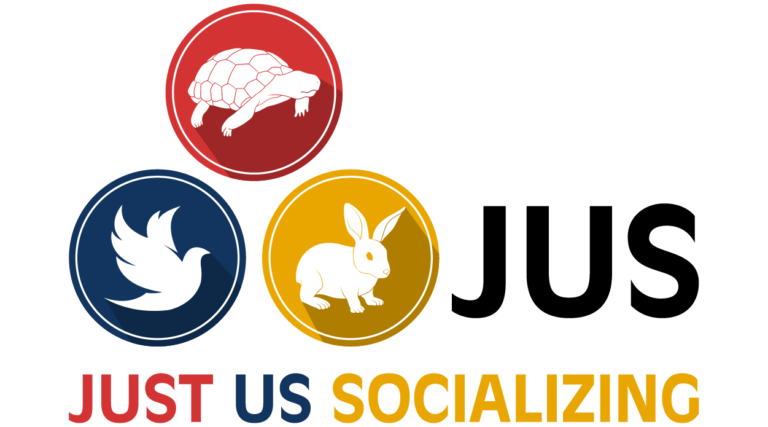Conversations on Race
Racial Bias Training: A course designed to supply knowledge and history on racial context.
Share this course
About This Course
On a daily basis, sometimes people just want to have conversations because they have questions…about race. It is a nebulous space and causes anxiety. It is just plain uncomfortable. However, I believe that as people, we need to be more adult oriented and even conflict amenable in conversations on race. If we don’t talk about it we won’t find solutions.
Upon successful completion of course content 80% or greater a certificate will be awarded.
- JUS offers a course evaluation at the end of the course.
- Completing the evaluation helps JUS to improve the courses.
What You'll Learn
BLOCK I
The aim is to open the conversation for robust discussion on race topics of general interest.
Upon completion of this 10-week unit, the participant will be able to:
- Analyze the content of race conversations in a meaningful and fact-based peaceful manner that leads to better understanding
Introduction
Section I: The significance of meaning from the eyes of the innocent
Section II: Landmark Visuals
Section III: A more perfect society
Section IV: Immigration laws caused color/race laws
Section V: Fake Book opinions about opinion: social media on race
Section VI: Children are pure, adults conform or there is dissonance, resistance before immersion
Section VII: Marginalizing the mentally ill: Bedlam and Incarceration
Section VIII: Passing
Section IX: The continued investment in Whiteness
Section X: Conclusion: Dying of Whiteness
BLOCK II
The aim is to open the conversation for robust discussion on race topics of general interest.
Upon completion of this 10-week unit, the participant will be able to:
- Analyze the content of race conversations in a meaningful and fact-based peaceful manner that leads to better understanding
Introduction:
Section I: Dr. J. Marion Sims and Christopher Columbus: the ethics of journalism
Objective/Outcome
Upon completion of this section, the participant will:
Discuss the ethics of journalism, authorship and the media
Introduction
Section II: Hawn’s Mill and Black Wall Street
Objective/Outcome
Upon completion of this section, the participant will:
Compare the events of Hawn’s Mill Massacre with the Black Wall Street Massacre and The Elaine Massacre
Introduction:
Section III: Charles Drew MD: Blood Banks
Objective/Outcome
Upon completion of this section, the participant will:
List the accomplishments and contributions of Dr. Drew to the preservation of life
Analyze the controversy surrounding the implementation of his discovery
Introduction:
Section IV: Human Computers
Objective/Outcome:
Upon completion of this section, the participant will:
Recognize contributions of African American women in history against all odds
Introduction:
Section V: Vivien Thomas
Objective/Outcome:
Upon completion of this section, the participant will:
Evaluate the value in oppression and racism on the success of a population
Introduction
Section VI: Henrietta Lacks
Objective/Outcome:
Upon completion of this section, the participant will:
Discuss the benefits of ancestral rape
Introduction:
Section VII: The Tuskegee Experiment and the Guatemalan Experiment and George Washington Carver
Objective/Outcome:
Upon completion of this section, the participant will:
Illustrate a comparison between American crimes against Americans and the Nazi crimes during the holocaust
Introduction:
Section VIII: Body Snatching, Scientific Medicine, Sickle Cell Anemia, and Dr. Death
Objective/Outcome:
Upon completion of this section, the participant will:
Develop critical thought about the science of medicine
Introduction:
Section IX: The Black 14, Restrictive Covenants
Objective/Outcome:
Upon completion of this section, the participant will:
Integrate thoughts on the oppressive nature of racism and how it purposely loses history
Section X: Conclusion
Have Questions?
Let's get in touch
Email Address
justussocializing@gmail.com
Call Us
801-754-6301
Fax Us
801-877-0714
